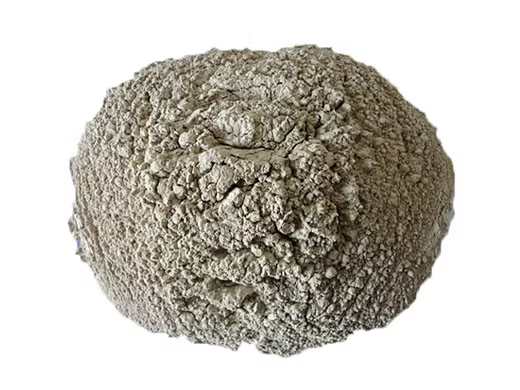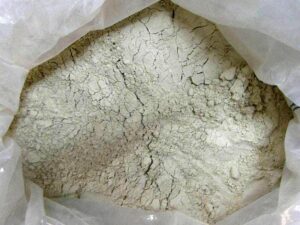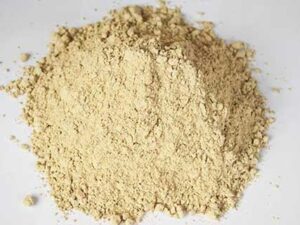Description
Spinel Refractories: A Cornerstone of High-Temperature Industries
In the realm of high-temperature industrial processes, where materials are subjected to extreme heat, corrosive environments, and demanding mechanical stresses, the choice of refractory materials is paramount. Among the diverse arsenal of refractory solutions, spinel refractories stand out for their unique properties and versatility. This article explores the characteristics, applications, and advantages that make spinel refractories a cornerstone of various industries.
What is Spinel?
Spinel refers to a class of minerals with a distinctive crystal structure represented by the general formula AB₂O₄. “A” represents a divalent cation (like Mg²⁺, Fe²⁺, or Zn²⁺) and “B” represents a trivalent cation (like Al³⁺, Fe³⁺, or Cr³⁺). The most common and widely used spinel in refractories is magnesium aluminate spinel (MgAl₂O₄), often simply referred to as spinel.
Key Properties of Spinel Refractories:
The properties of spinel refractories make them exceptionally well-suited for demanding high-temperature environments. These include:
- High Melting Point: Spinel boasts a high melting point of approximately 2135°C (3875°F), enabling it to withstand extreme temperatures without deformation or degradation.
- Excellent Thermal Shock Resistance: Its inherent resistance to thermal shock makes it ideal for applications involving rapid temperature fluctuations, preventing cracking and spalling.
- Good Chemical Resistance: Spinel exhibits good resistance to attack by various slags, alkalis, and other corrosive agents commonly encountered in industrial processes.
- High Mechanical Strength: Possessing good mechanical strength, spinel refractories can withstand significant loads and abrasive forces.
- Low Thermal Expansion: The relatively low thermal expansion coefficient minimizes dimensional changes with temperature variations, contributing to structural stability.
- Resistance to CO Attack: In reducing atmospheres containing carbon monoxide (CO), spinel offers superior resistance compared to some other refractory materials, making it valuable in specific applications.
Types of Spinel Refractories:
Spinel refractories are available in a variety of compositions and forms tailored to specific applications:
- Magnesia-Spinel: Composed primarily of MgO and spinel, these refractories offer good thermal shock resistance and are often used in cement kilns and steelmaking.
- Spinel-Chrome: Containing spinel and chromite (FeCr₂O₄), these refractories provide enhanced resistance to slag attack and are valuable in the non-ferrous metal industry.
- Alumina-Spinel: These refractories combine the high refractoriness of alumina (Al₂O₃) with the thermal shock resistance of spinel, finding applications in high-temperature furnaces.
- Spinel-Containing Castables: Spinel is incorporated into castable refractories to improve their thermal shock resistance and high-temperature performance.
Applications of Spinel Refractories:
The unique combination of properties offered by spinel refractories makes them invaluable in a wide range of industries:
- Cement Industry: Used in rotary kilns, preheaters, and coolers due to their excellent resistance to alkali attack and thermal cycling.
- Steelmaking: Applied in ladles, tundishes, and electric arc furnaces (EAFs) for their resistance to slag corrosion and high-temperature stability.
- Non-Ferrous Metal Industry: Employed in smelting furnaces and converters for their resistance to slag and chemical attack.
- Glass Industry: Utilized in glass melting furnaces due to their resistance to corrosion by molten glass.
- Waste Incineration: Used in incinerator furnaces for their resistance to high temperatures and corrosive gases.
- Petrochemical Industry: Employed in reformers and cracking furnaces for their ability to withstand high temperatures and chemical environments.
Advantages of Using Spinel Refractories:
Choosing spinel refractories offers several key advantages:
- Extended Lifespan: Their resistance to degradation in harsh environments leads to longer service life, reducing downtime and replacement costs.
- Improved Energy Efficiency: Their excellent thermal insulation properties help minimize heat loss, leading to improved energy efficiency and reduced fuel consumption.
- Reduced Maintenance: Their durability and resistance to attack minimizes the need for frequent repairs and maintenance.
- Enhanced Process Control: The stability of spinel refractories under extreme conditions contributes to more consistent and reliable process control.
- Environmental Benefits: By reducing energy consumption and waste, spinel refractories contribute to more sustainable industrial practices.
Conclusion:
Spinel refractories have carved a significant niche in the high-temperature materials landscape. Their unique combination of high melting point, excellent thermal shock resistance, chemical inertness, and mechanical strength makes them indispensable for a wide variety of demanding applications in industries ranging from cement to steelmaking. As industries continue to push the boundaries of high-temperature processes, the role of spinel refractories will undoubtedly continue to expand, providing essential protection and enabling more efficient and sustainable operations.















Reviews
There are no reviews yet.